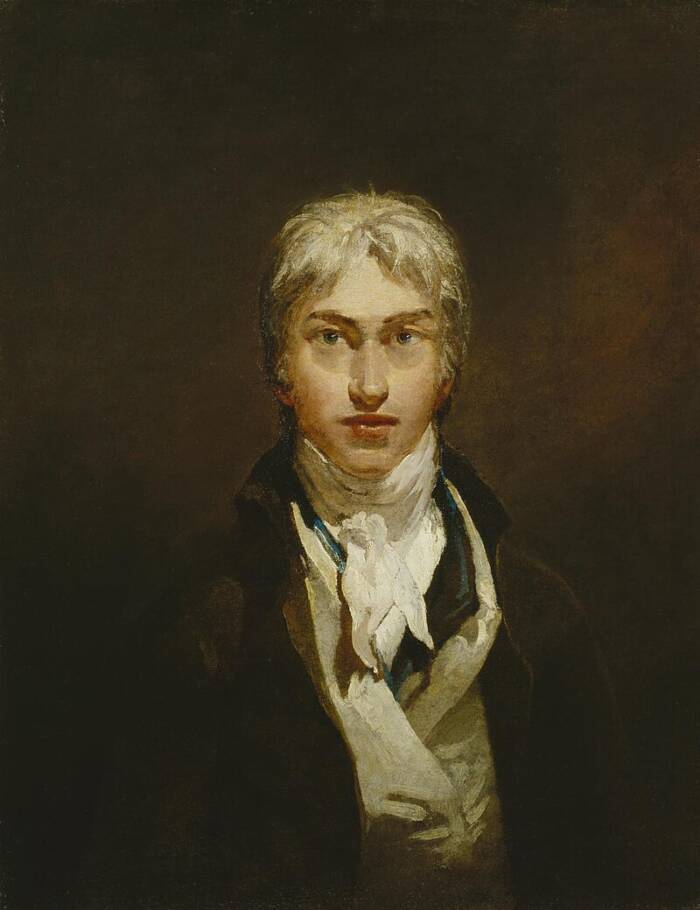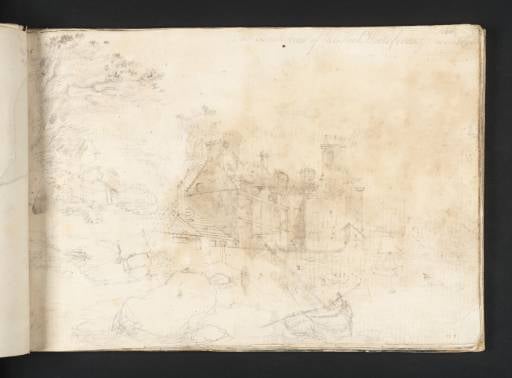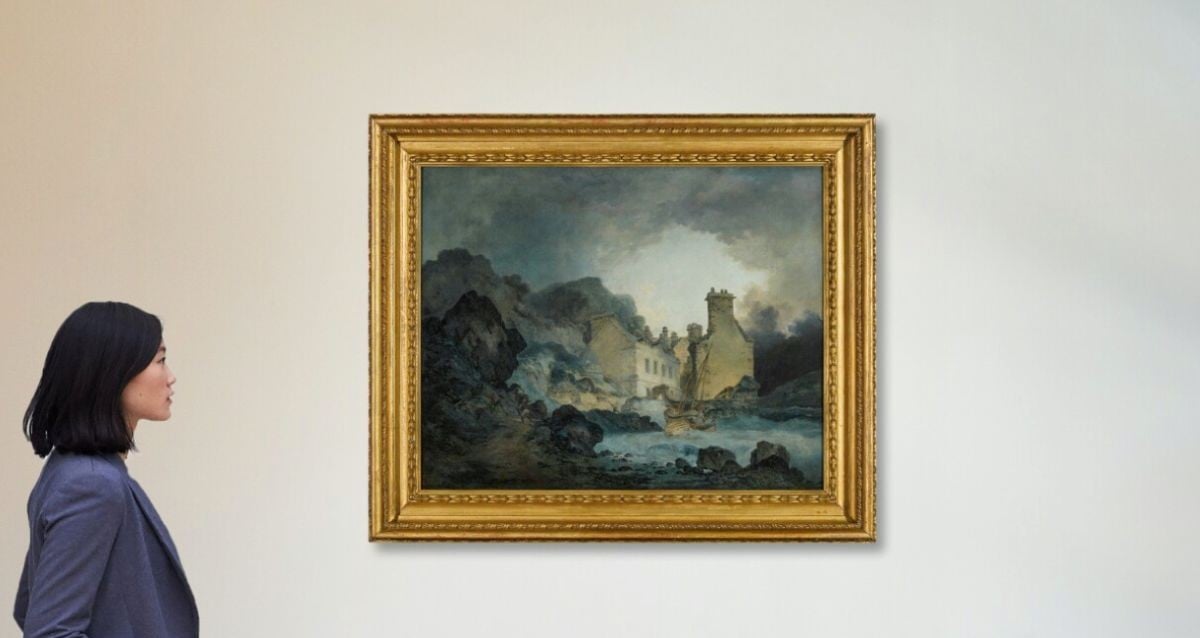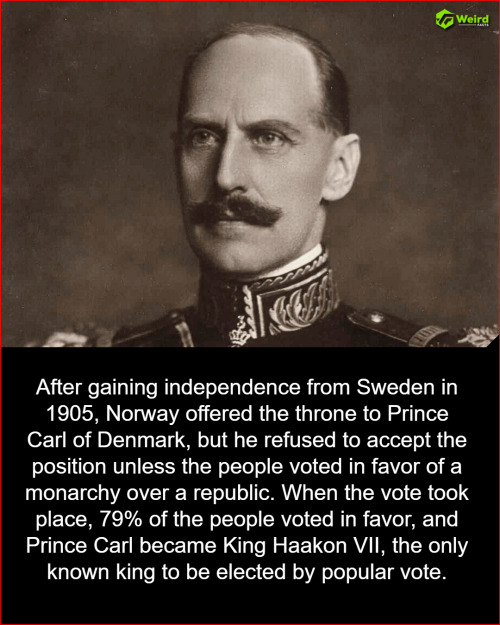Hidden Masterpiece Unveiled: $506 Anonymous Painting Revealed as Priceless Lost J.M.W. Turner Treasure

Wikimedia Commons A self-portrait of artist J.M.W. Turner from 1799.
From there, the painting’s journey is foggy. The next time the painting was up for auction was 1864. By this point, scholars mistakenly identified both the location of the landscape depicted in the painting, as well as its medium.
Following the 1864 auction, it was believed to be a watercolor painting depicting Rochester Castle. Somewhere along the line, the attribution to Turner was also lost.
It wasn’t until the painting was cleaned last year that Turner’s signature was rediscovered on the lower left corner of the canvas. After a thorough examination, the work was determined to be a genuine Turner painting.
“We are as certain as it’s possible to be that this painting is by Turner,” Gascoigne said.
A Young J.M.W. Turner’s Early Works And How They Hint At His Later Career
“The Rising Squall” depicts the landscape surrounding the Hot Wells House along the Avon River in Bristol. Turner first sketched this hot spring and spa in 1791 during a tour of the West Country.
The sketch would inspire a watercolor painting that served as the basis for Turner’s newly-rediscovered oil painting, his final take on this striking scene. In this version, the sea is wilder and the sky is more dramatic, all thanks to Turner’s unique painting technique.

Tate GalleryThe sketch that Turner made after his visit to the Hot Wells House, which served as the basis for “The Rising Squall.”
Turner’s revolutionary technique involved layering the work with thin strokes of oil paints, a method he returned to later on in his career.













Post Comment